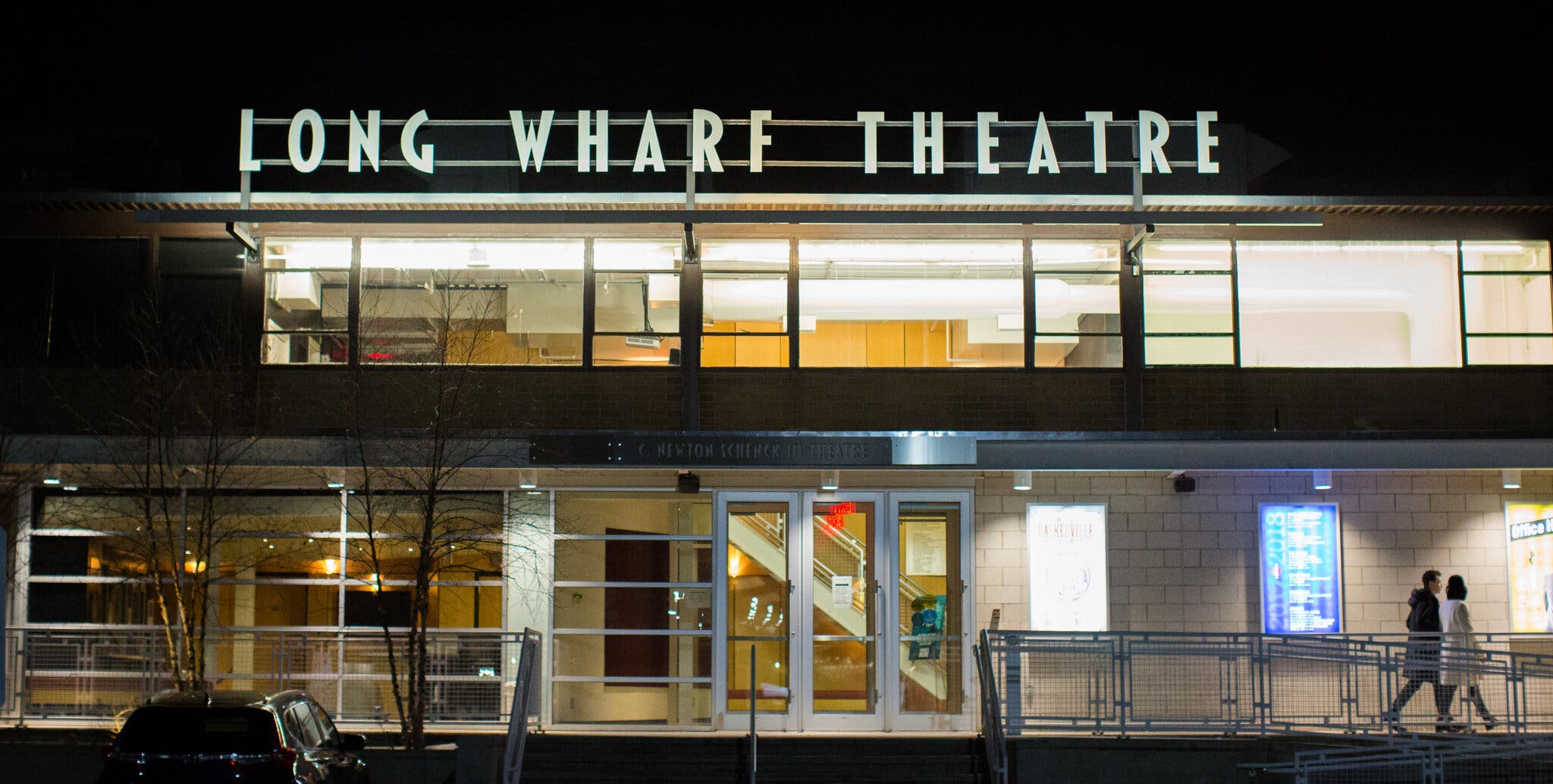
Photo by Christopher Capozziello for The New York Times
How can arts organizations become more relevant? How can they better serve their communities? How can they afford to pursue greater diversity, equity, inclusion, and access? In the wake of COVID-19, Black Lives Matter, #MeToo, and so many more disruptions, these questions have come to the fore – and so many arts organizations are making well-intentioned statements but not radically changing in order to answer them. So many arts organizations have become too weighed down with large facilities and staffs over the last forty years, leaving less money for making great art, connecting with their communities, and prioritizing equity for all. Recent decades have seen so many institutions enhance their buildings, with little to no growth in the funding for their actual artistry or artists.
So what to do?
Last week, Long Wharf Theater in New Haven, Connecticut gave us one answer: abandon your building.
The New York Times revealed that the Long Wharf announced it would move out of its facilities and be itinerant for at least the next few years, in order to focus on better connecting with its community, reach audiences who have trouble traveling to the theater’s limited location, and innovate in how and where they reach new audiences.
The theater’s board chair and staff leadership all emphasized that this move was NOT out of financial desperation (the theater maintains an annual budget of just over $5M and is financially healthy). But rather it’s a move of innovation and hope, and one that better positions them to change and adapt to new ways of working. Ben Cameron, president of the Jerome Foundation in Minneapolis, is quoted in my new book Managing Arts Organizations that he would “not want a building” if he were running a theater today, given how this new era demands arts organizations to be adaptive, nimble, and even mobile.
Some arts organizations rely on and reflect their locations in their missions. Their place helps to define their purpose. But for many more, their locations – and their facilities – have become an anchor around their artistic neck. Their ability to innovate, engage, and change is stymied by their overhead. For them, the Long Wharf has just demonstrated perhaps a better choice.
In order to thrive and adapt, it might be time to pull up roots and go forward.